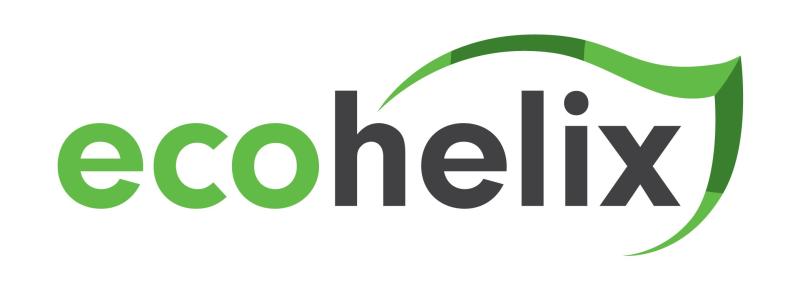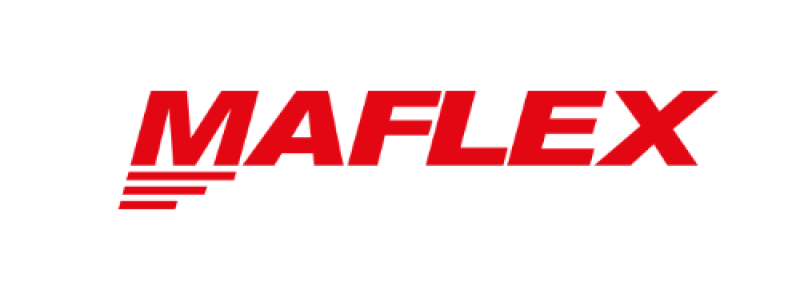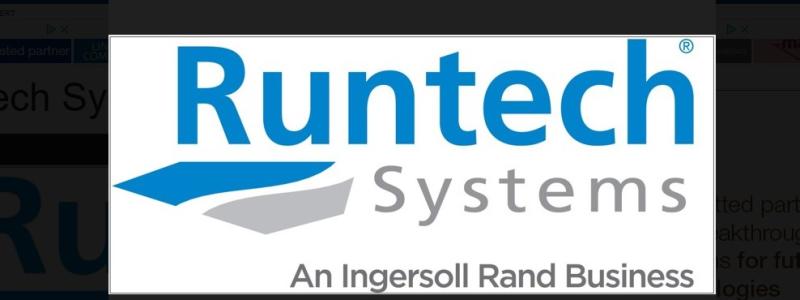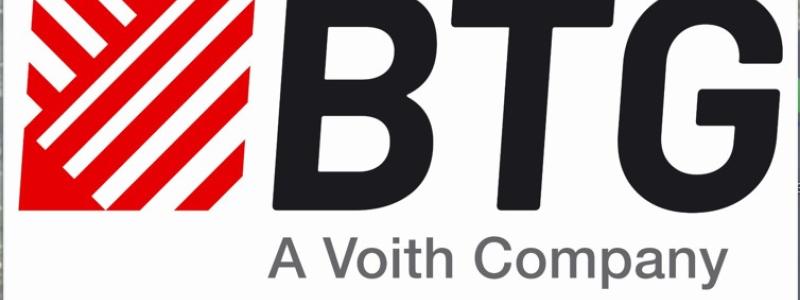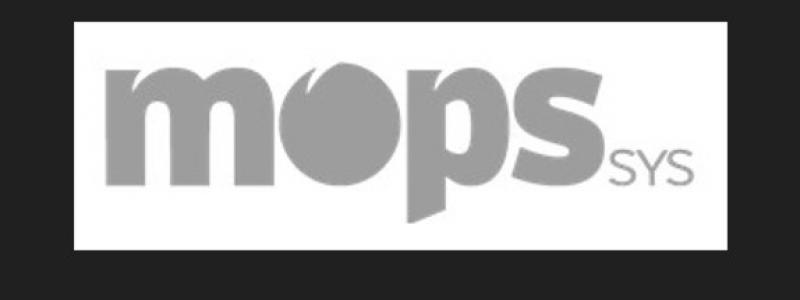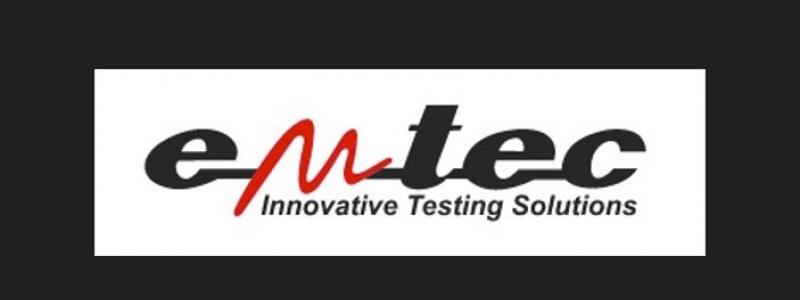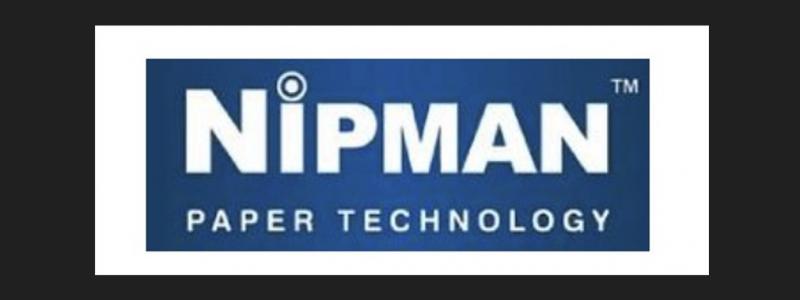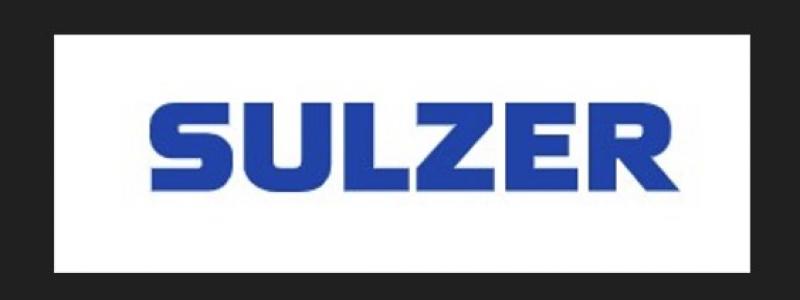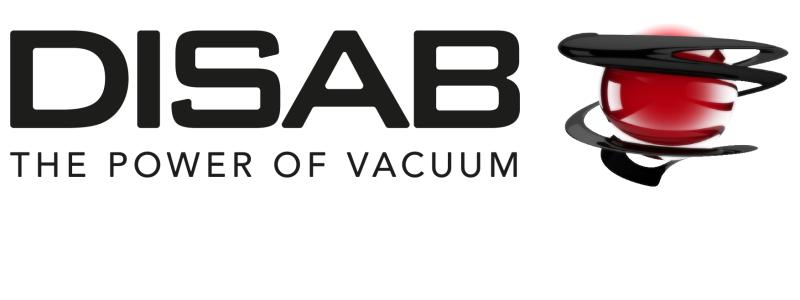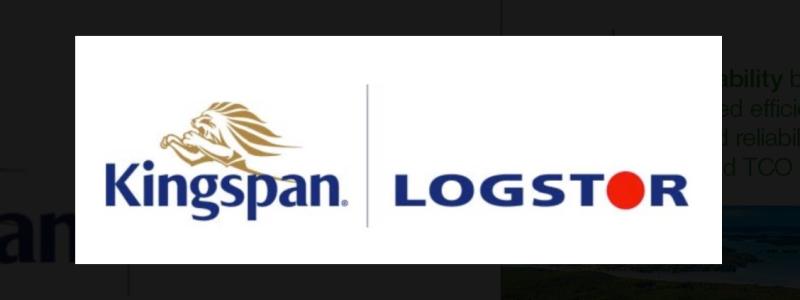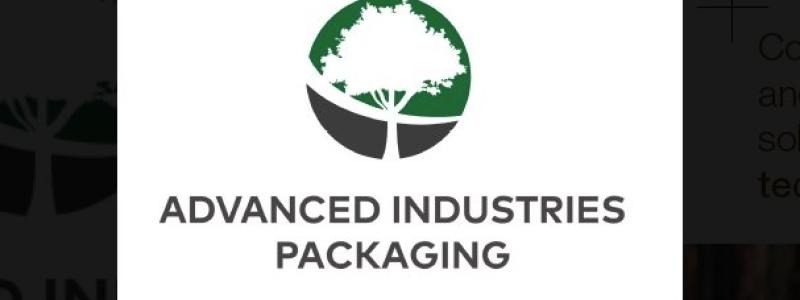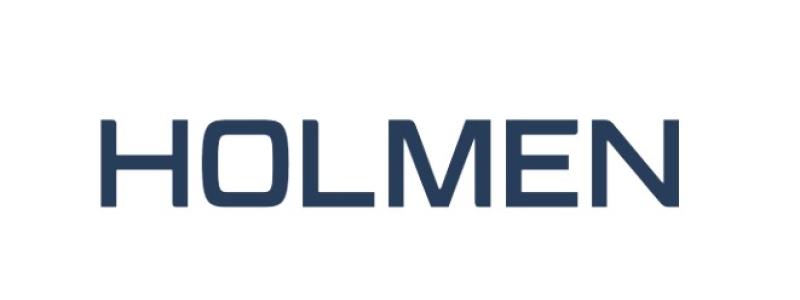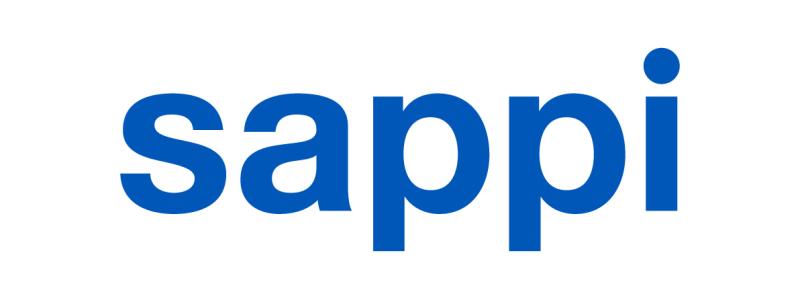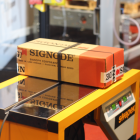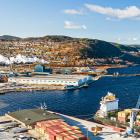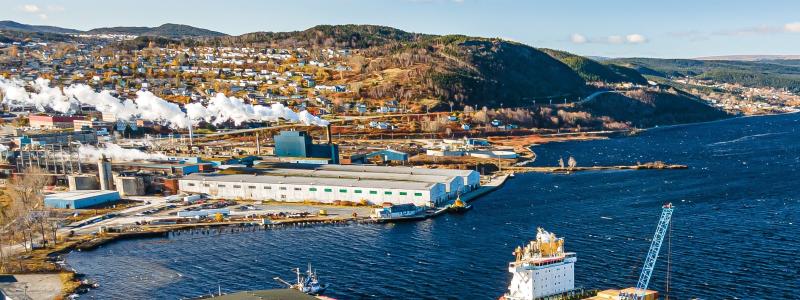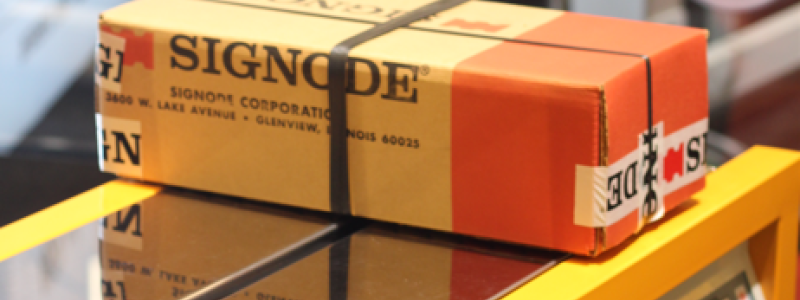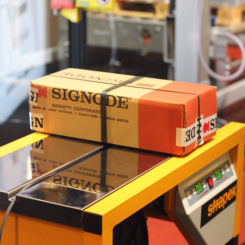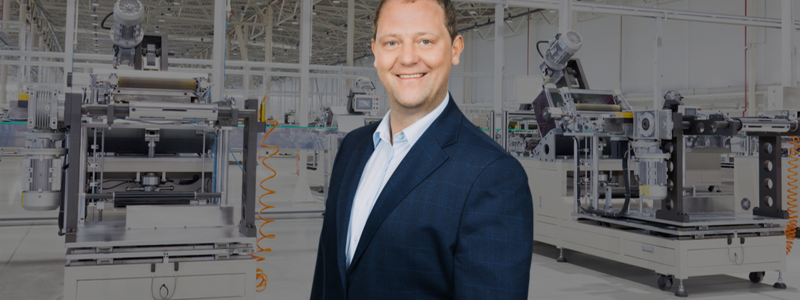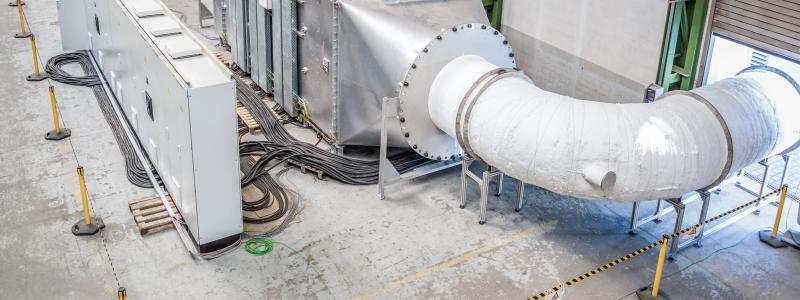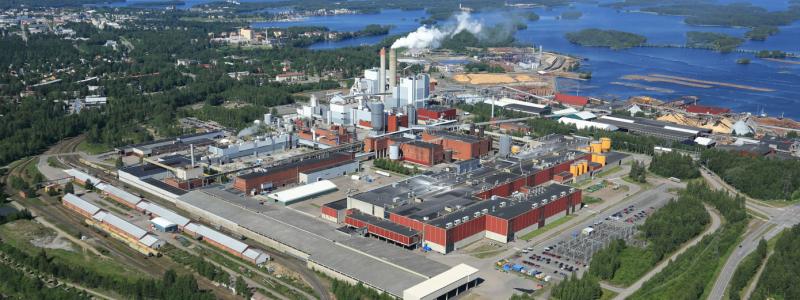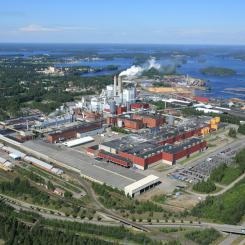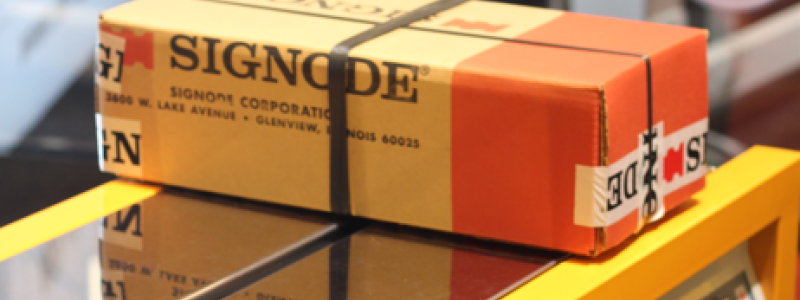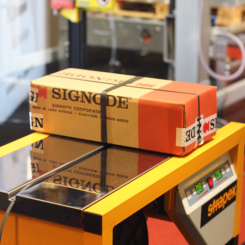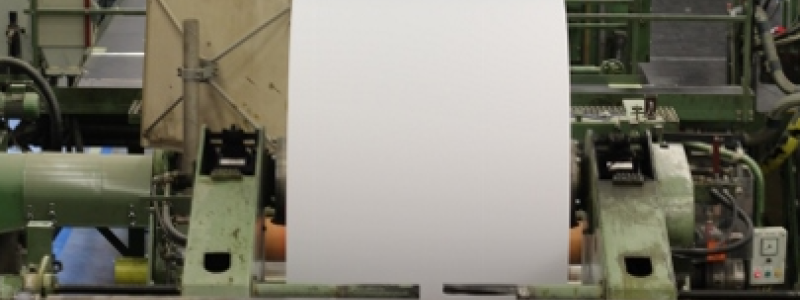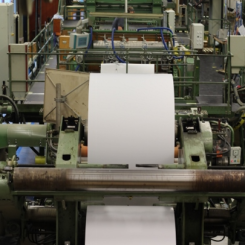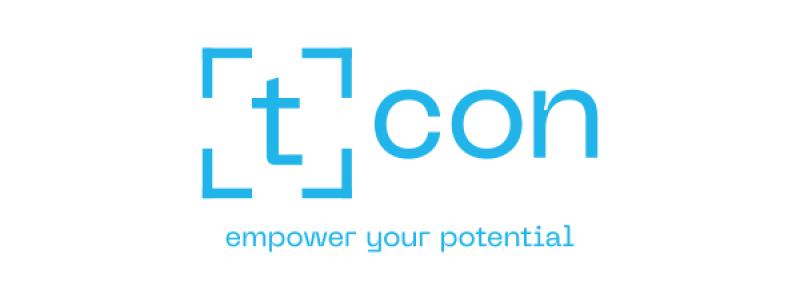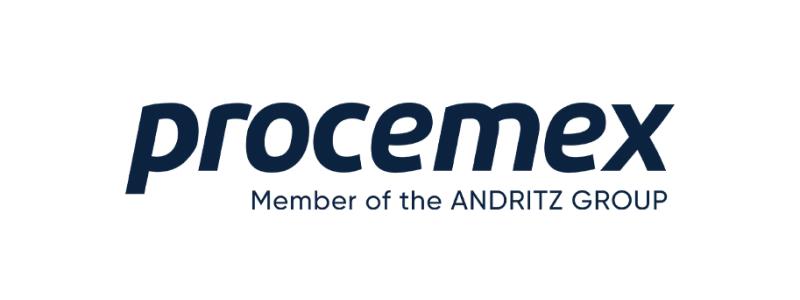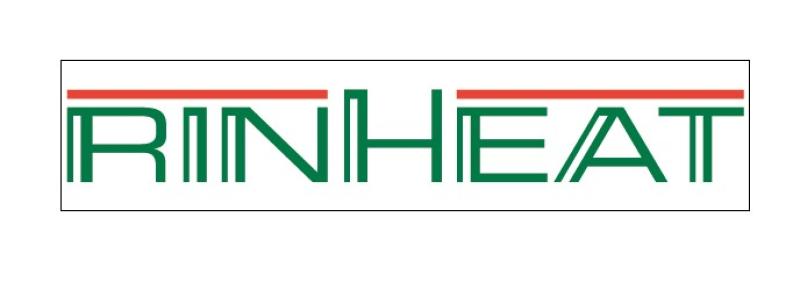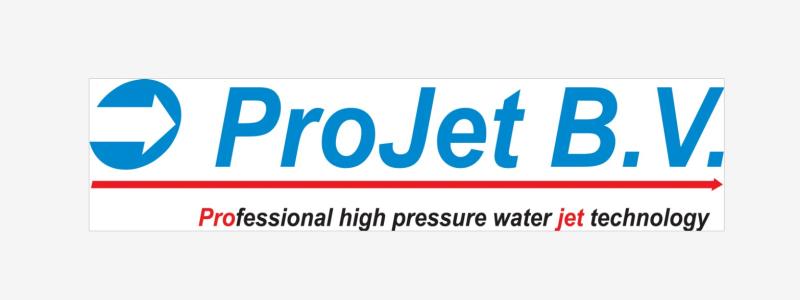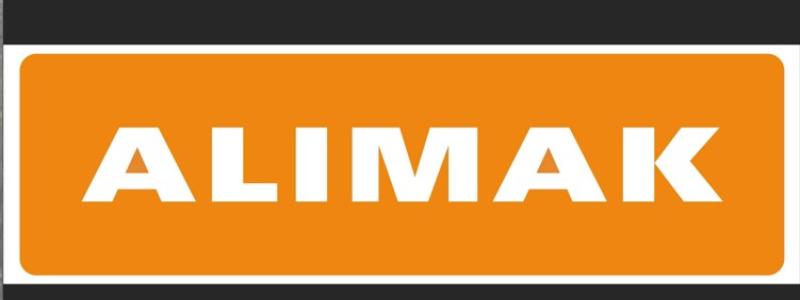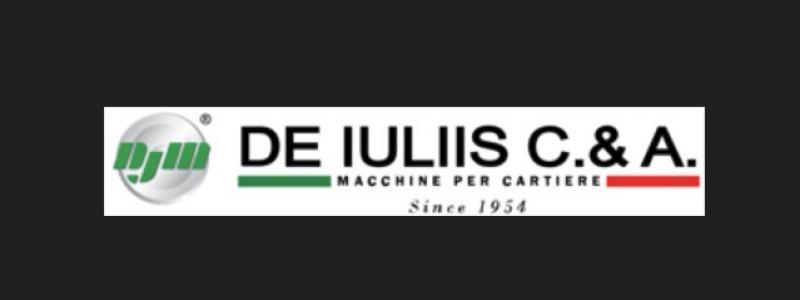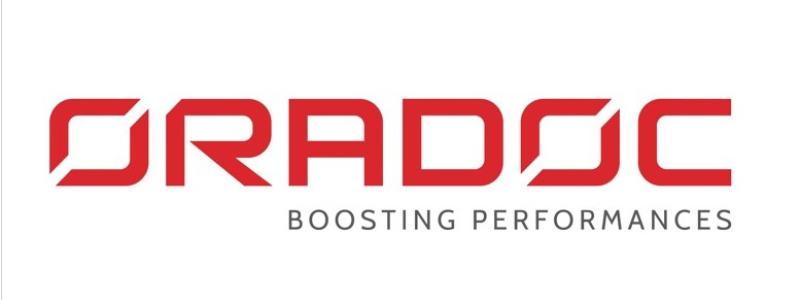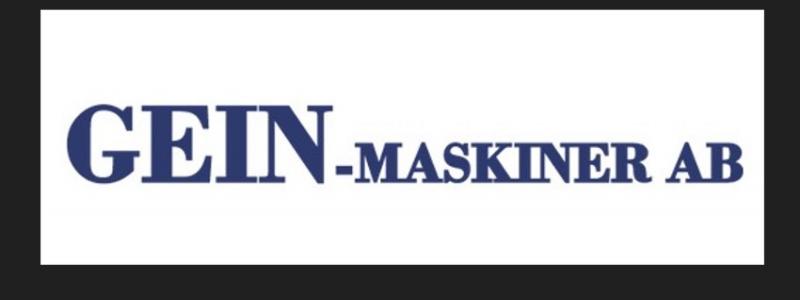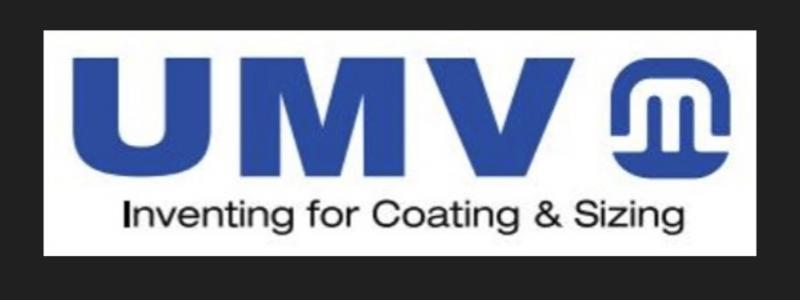Varel Paper and Board Mill has awarded Voith Paper with a very sophisticated project. Besides increasing production capacity and extending the product range of PM 4, the focus is on efficient energy use and environment-friendly paper production.
The company, domiciled in Varel, Germany, currently produces corrugating medium and testliner in a basis weight range of 120 to 220 g/m2 on its PM 4. Before the turn of the year 2010/11, an extensive rebuild and maintenance program will be launched. The capacity of PM 4 will be increased to 300,000 t/a and in future, about 50 % of its production will be white liner grades.
Because of the additionally required raw materials, the rebuild comprises a major extension of the stock preparation system to three lines, for which Voith will deliver the crucial equipment. PM 4 will undergo complete modernization. For instance, the paper machine will be equipped with new approach flow systems, the headboxes will be renewed and both fourdrinier wires will be extended. A DuoD hybrid former will be installed for the back ply, while the top ply will be equipped with a DuoShake unit.
The dryer section will be completely renewed, and a SpeedSizer film press including non-contact web drying will replace the old unit. In addition, PM 4 will receive a new soft calender and a MasterReel unit. On the winder, a new unwind station for larger parent rolls will be installed.
Voith Paper Automation is responsible for the complete modernization of the paper machine control system.
A particularly interesting aspect of this rebuild is the working width of the new components, which will be widened from 5.1 m to 5.3 m, thus making way for the future.
Varel Paper Mill takes on the enormous job of engineering and planning and will be assisted by Voith Paper. Start-up of PM 4 is scheduled for mid-February 2011.
With this rebuild, Varel intends to achieve considerable energy savings. Environmental aspects are in the focus nowadays: Varel wants to produce environment-friendly products as resource-conserving as possible. The target is to significantly reduce CO2 emissions throughout the paper production process.
CNN recently published an article citing the Canadian Chamber of Commerce, backed by Canadian allied...
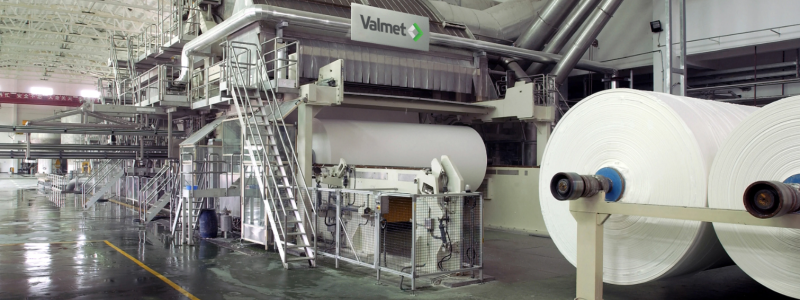
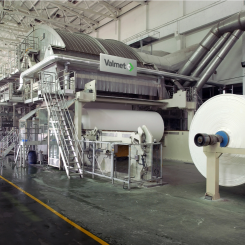
Jon Jested-Rask (M.Sc. in Economics and Business Administration) has been appointed Executive Vice President, Tissue...
Hood Container Corporation, a family-owned packaging and paper company, announced it will invest $118.9 million...
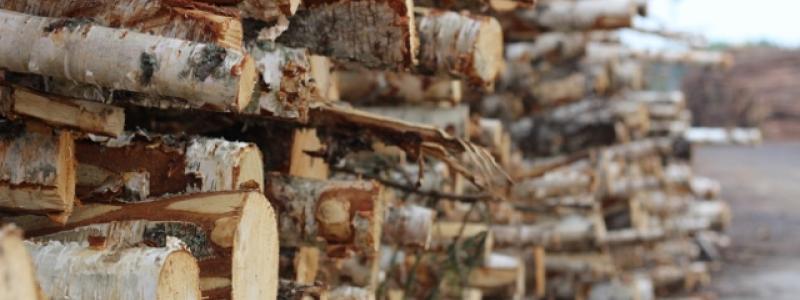
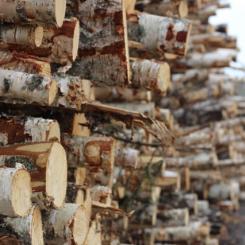
Canfor Corporation announces that its 77%-owned subsidiary, Vida AB, has entered into an agreement to...
The American Forest & Paper Association (AF&PA) has published the June 2025 Printing-Writing Monthly report...
Canada's insolvent pulp manufacturer Northern Pulp Nova Scotia Corporation, a Paper Excellence (Domtar) subsidiary, has...
American Forest & Paper Association (AF&PA) President and CEO Heidi Brock recently reacted to recent...
Smurfit Westrock has further demonstrated its commitment to sustainability and innovation by securing an award...


Georgia-Pacifi announces a new capital project for the company's Englehart OSB (Oriented Strand Board) mill...
*
Job listings
